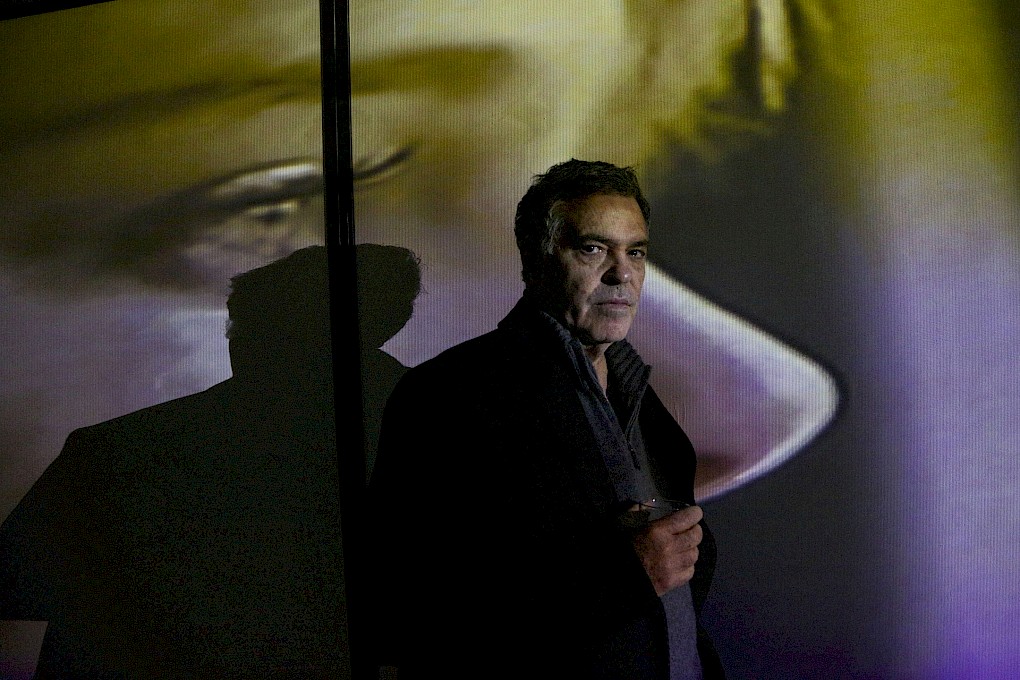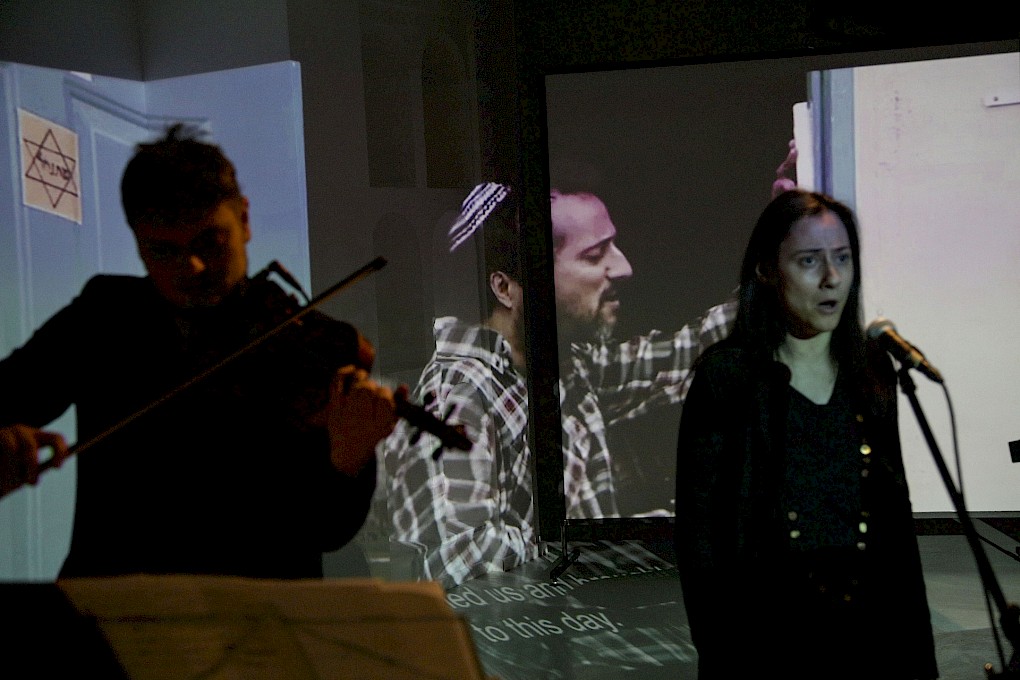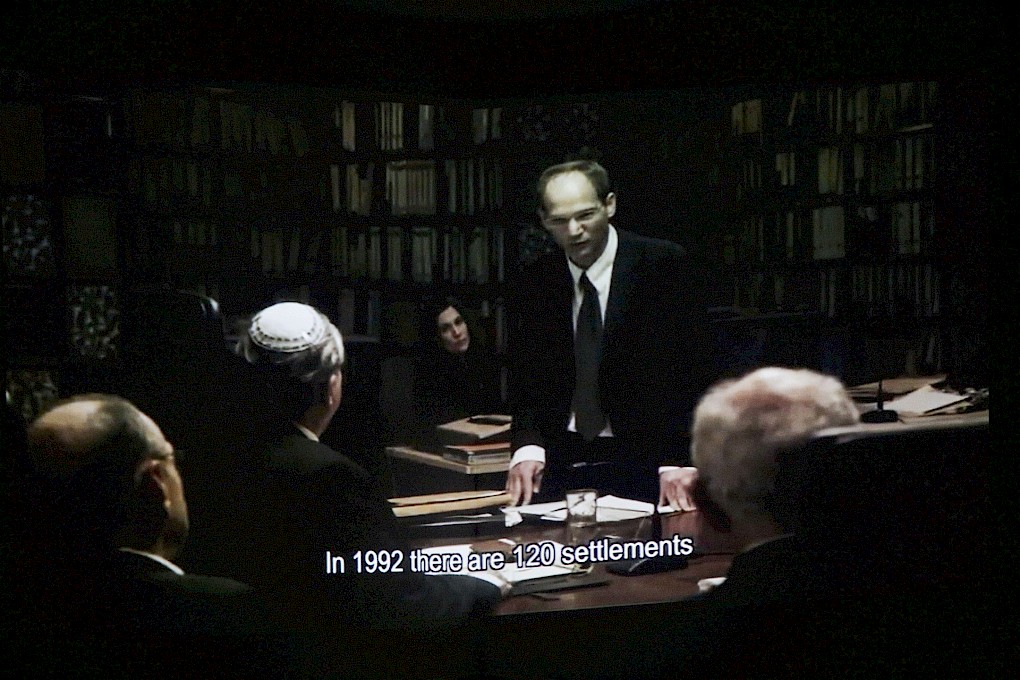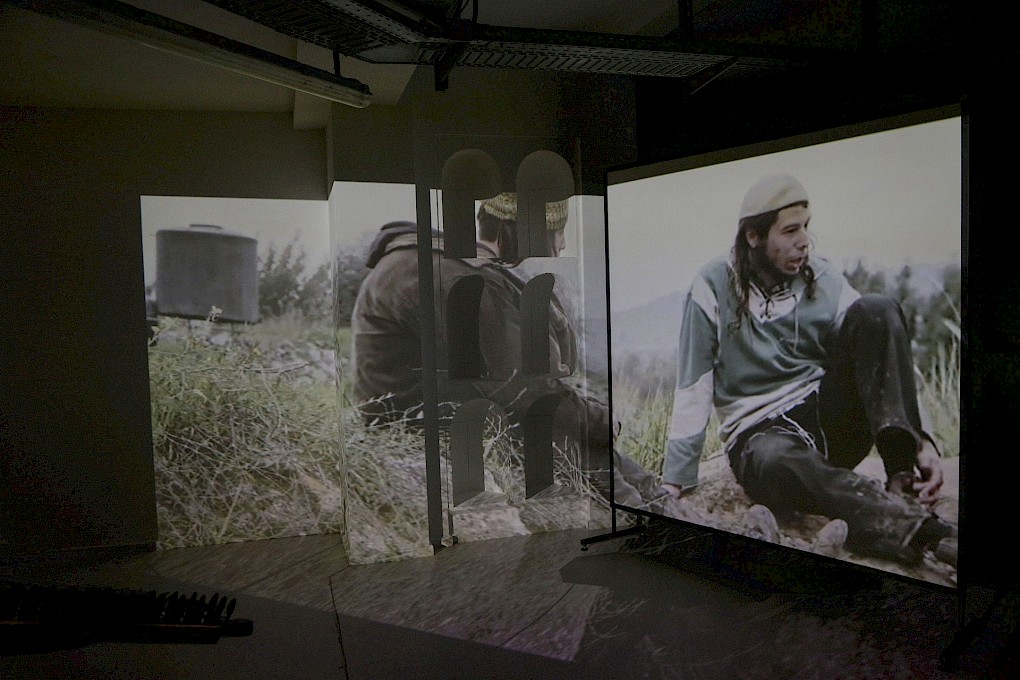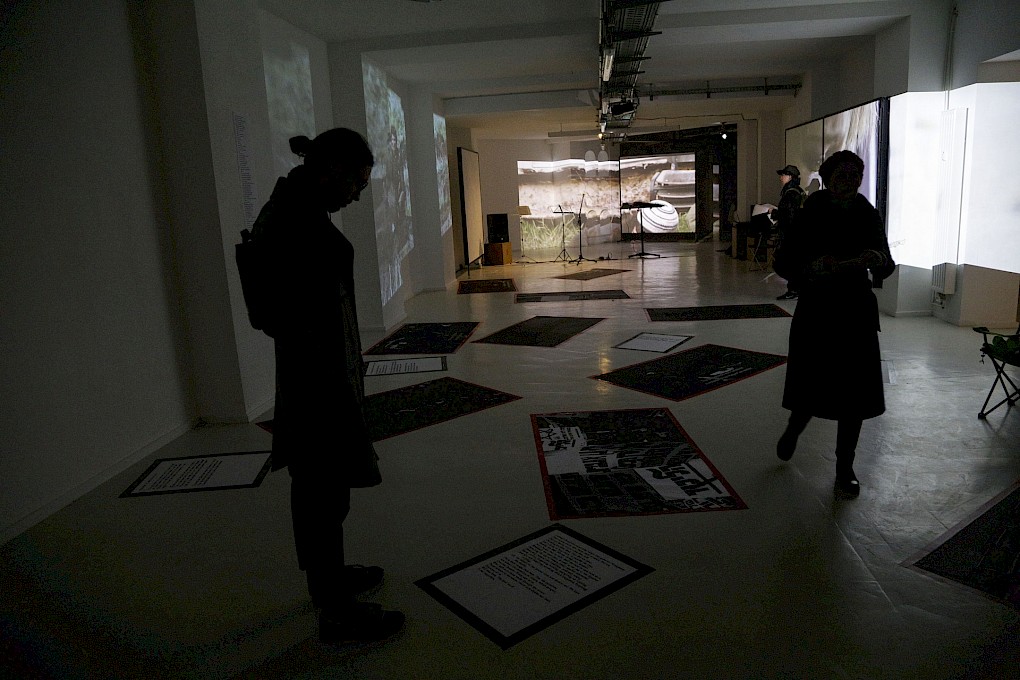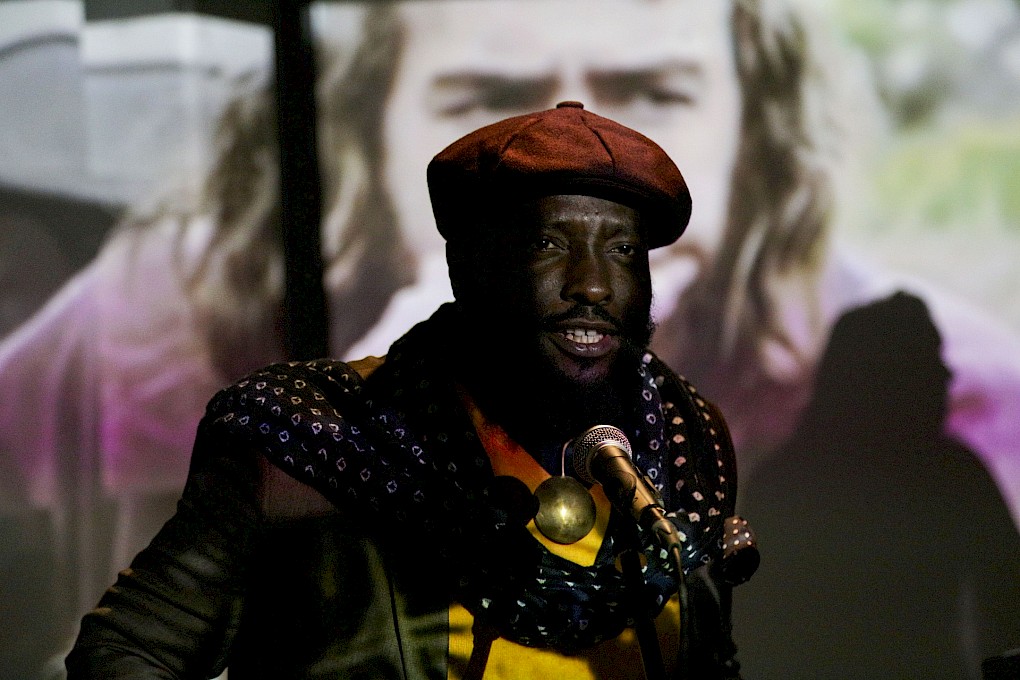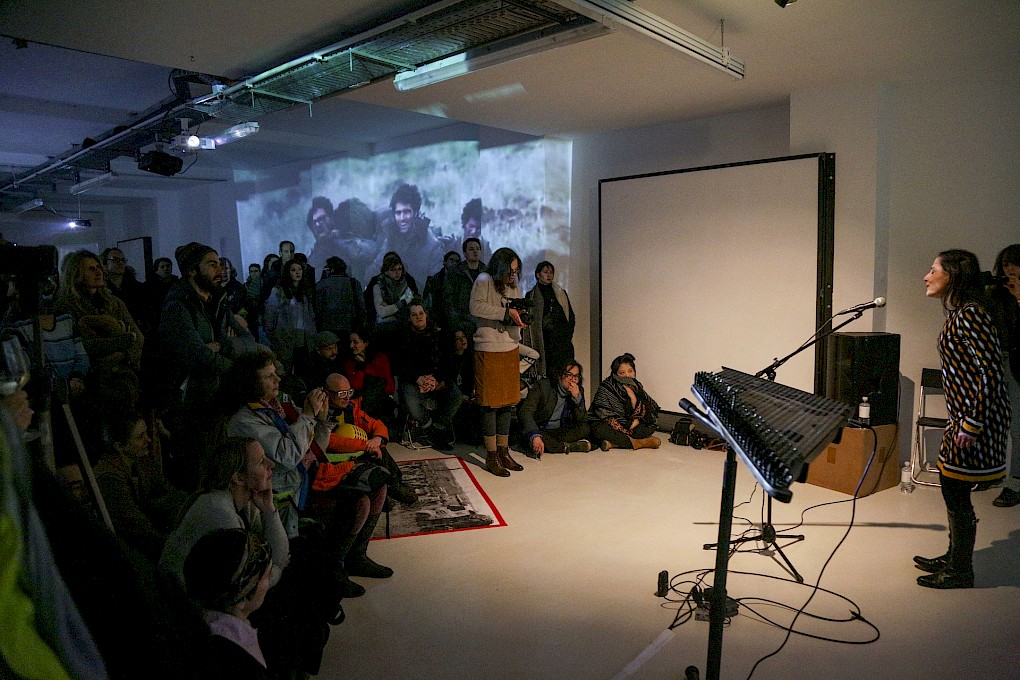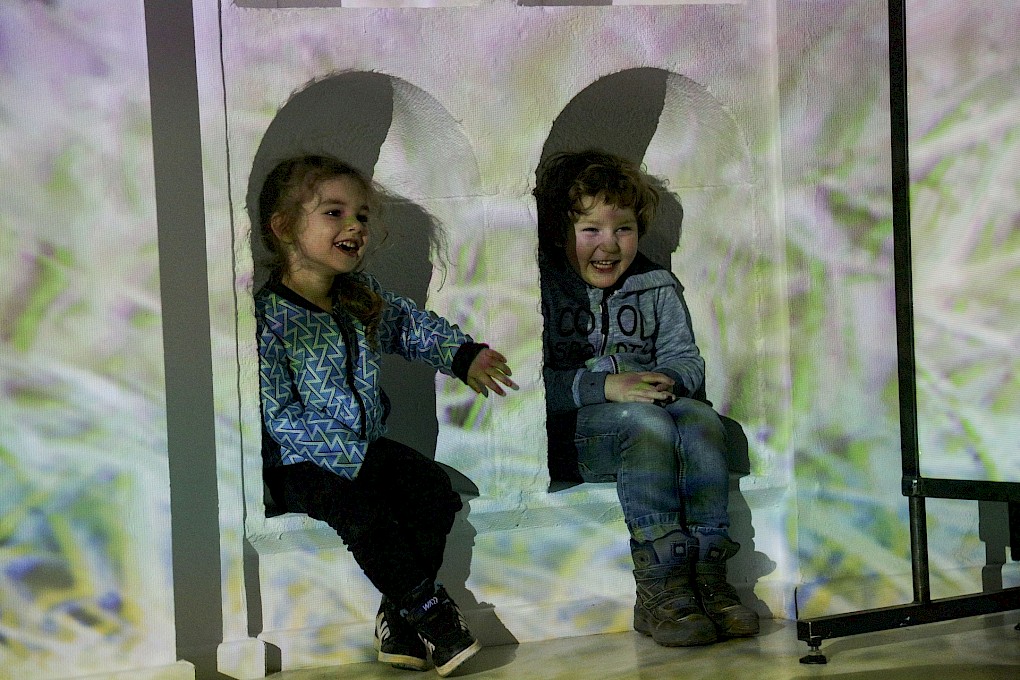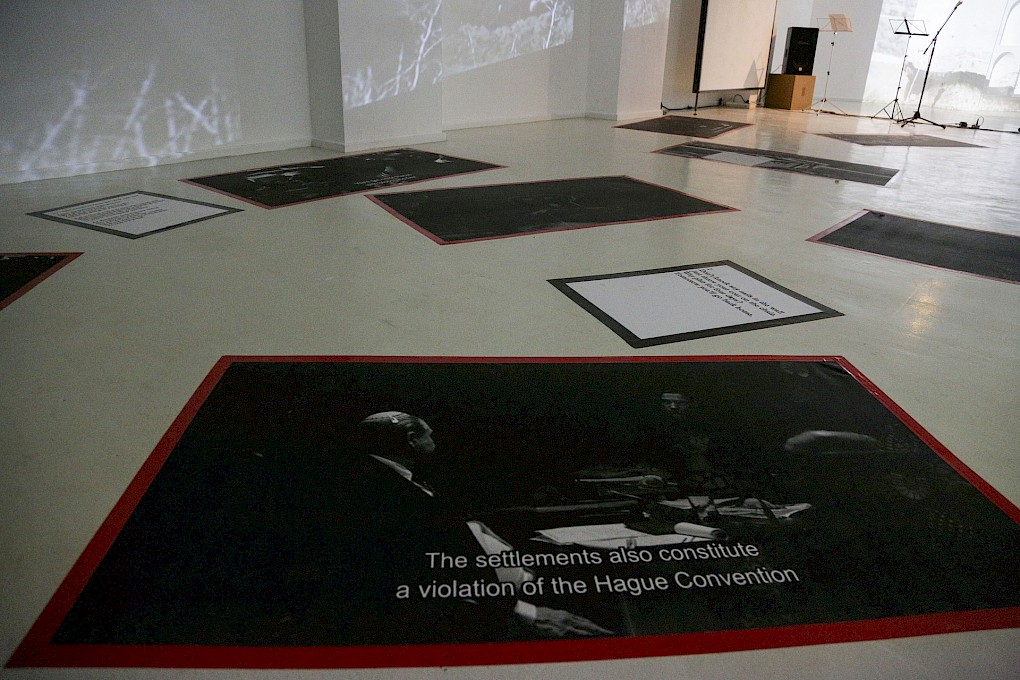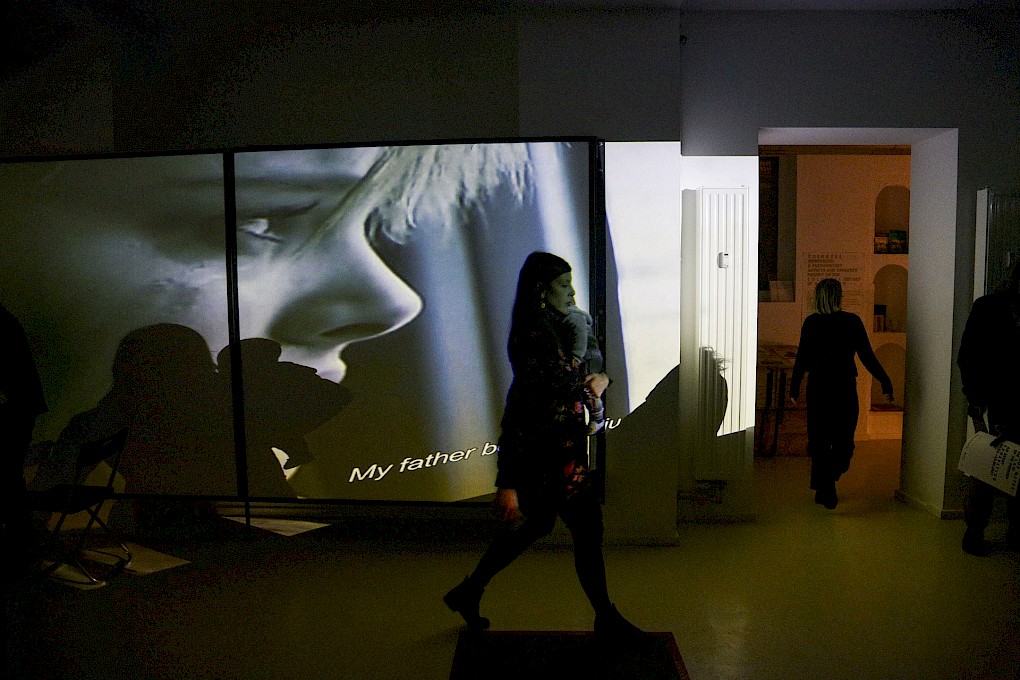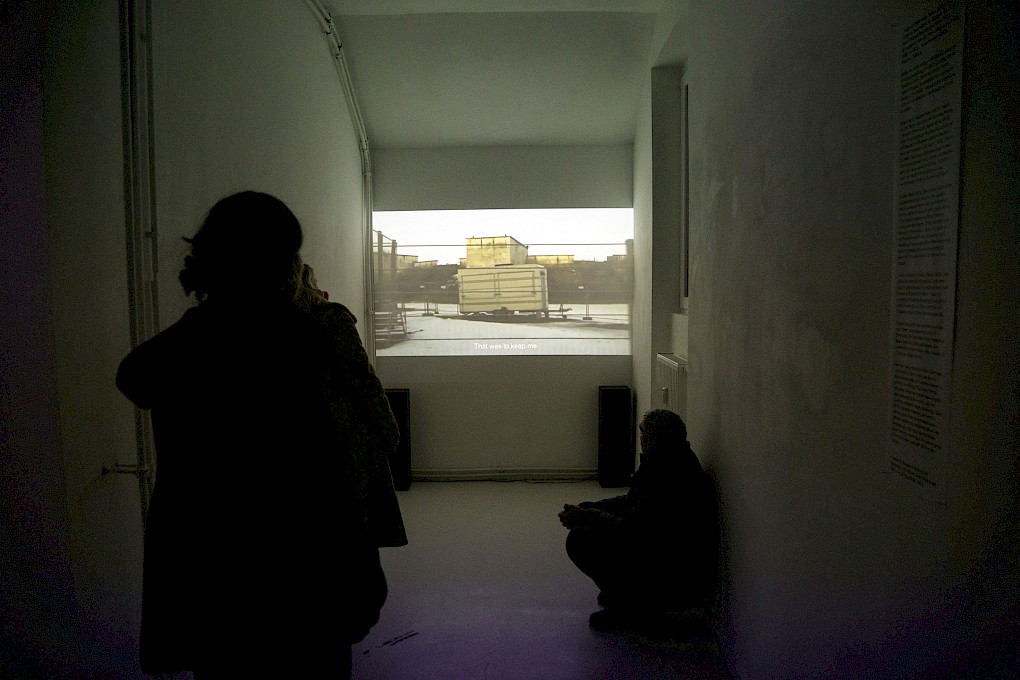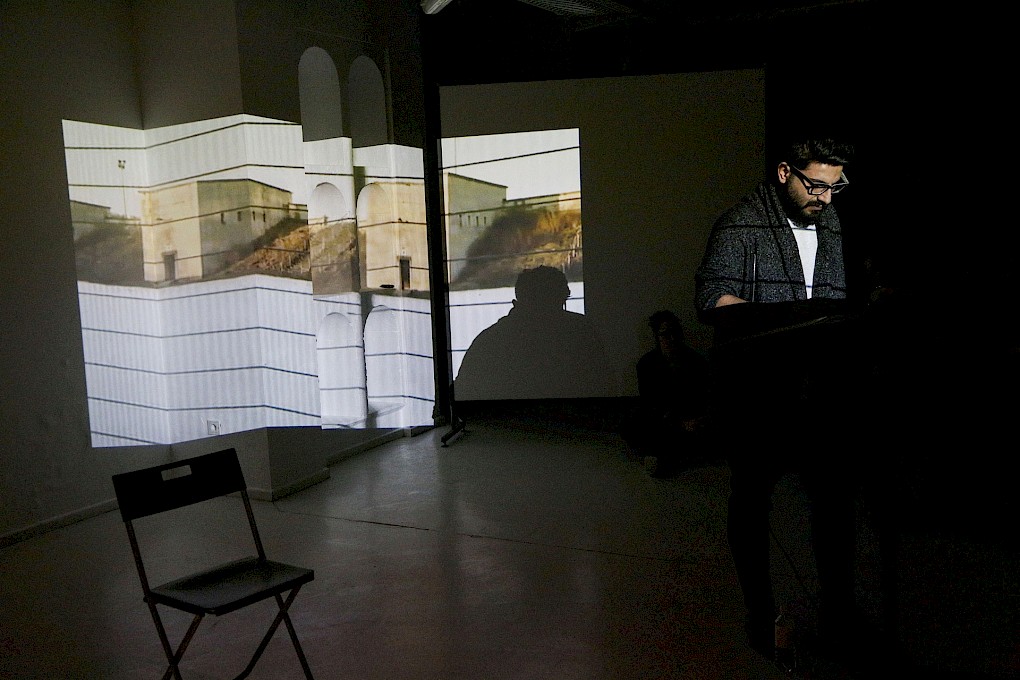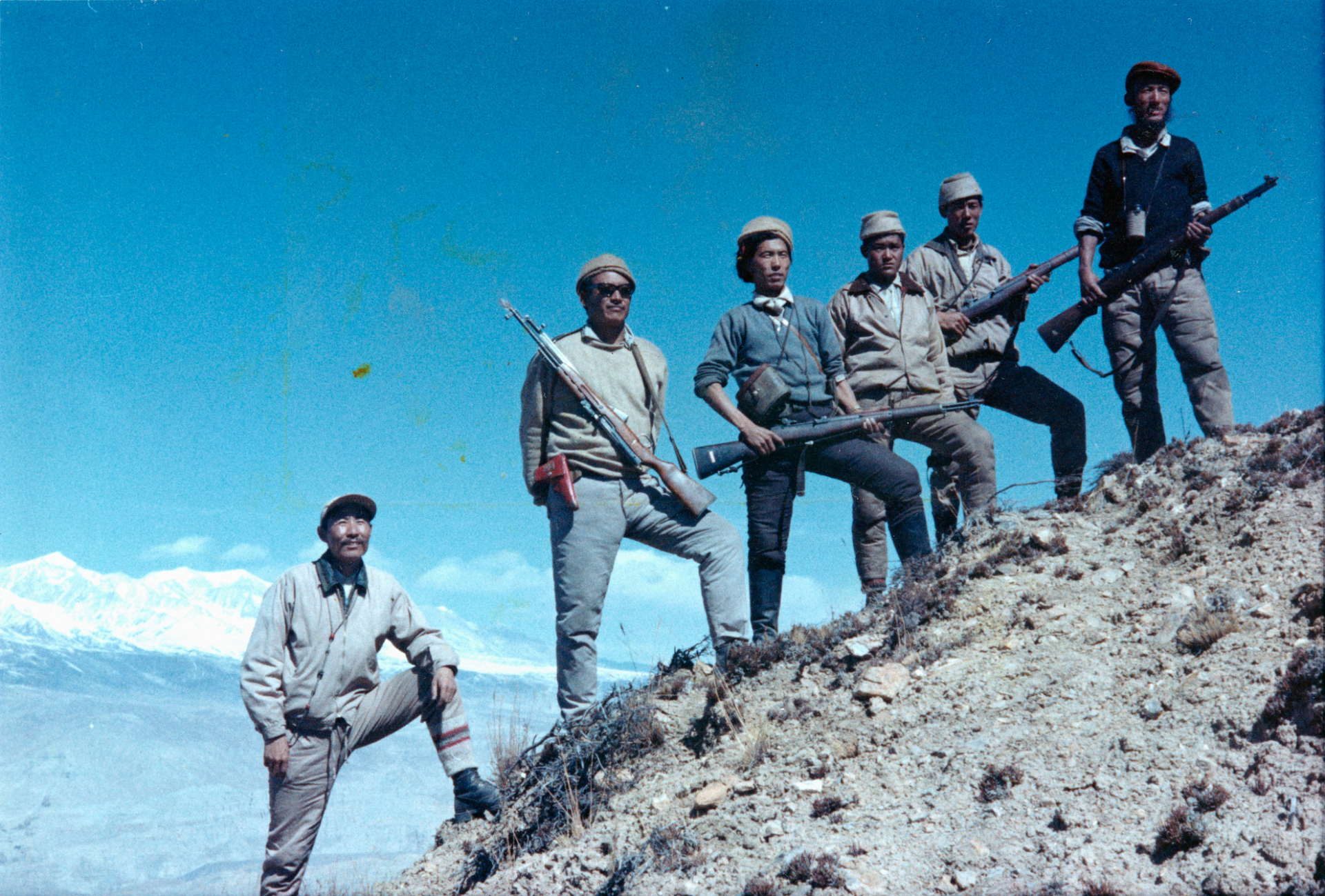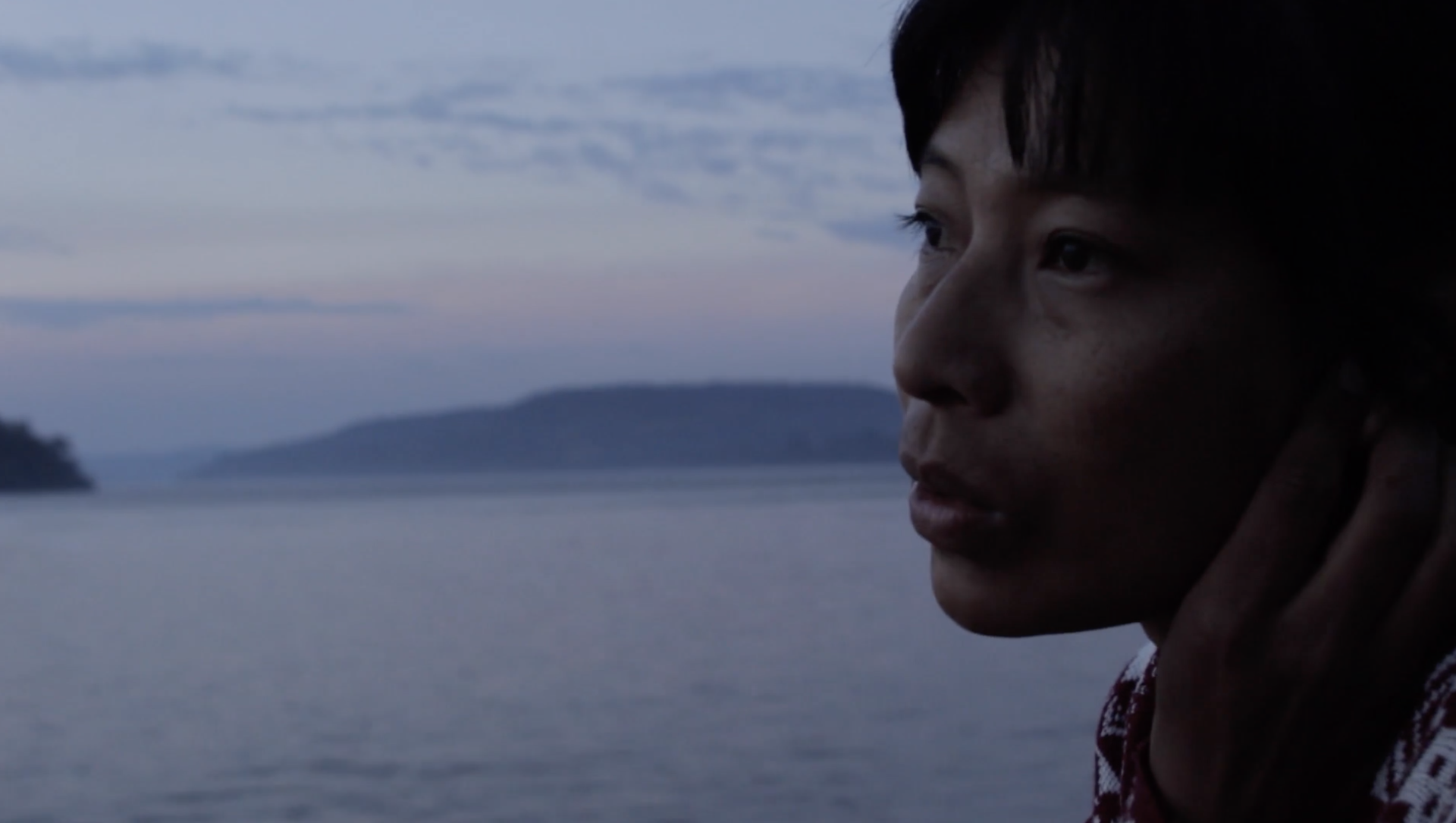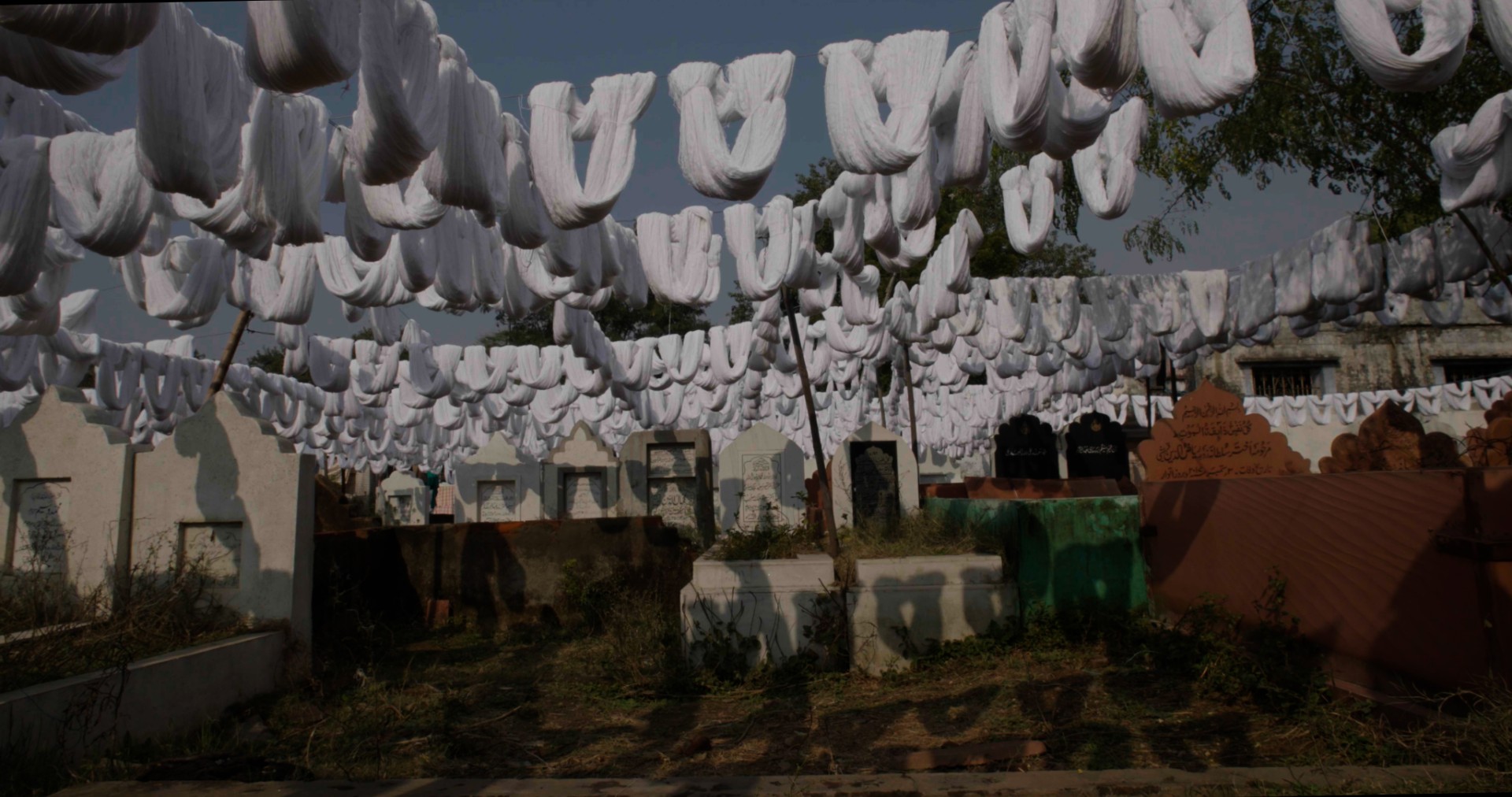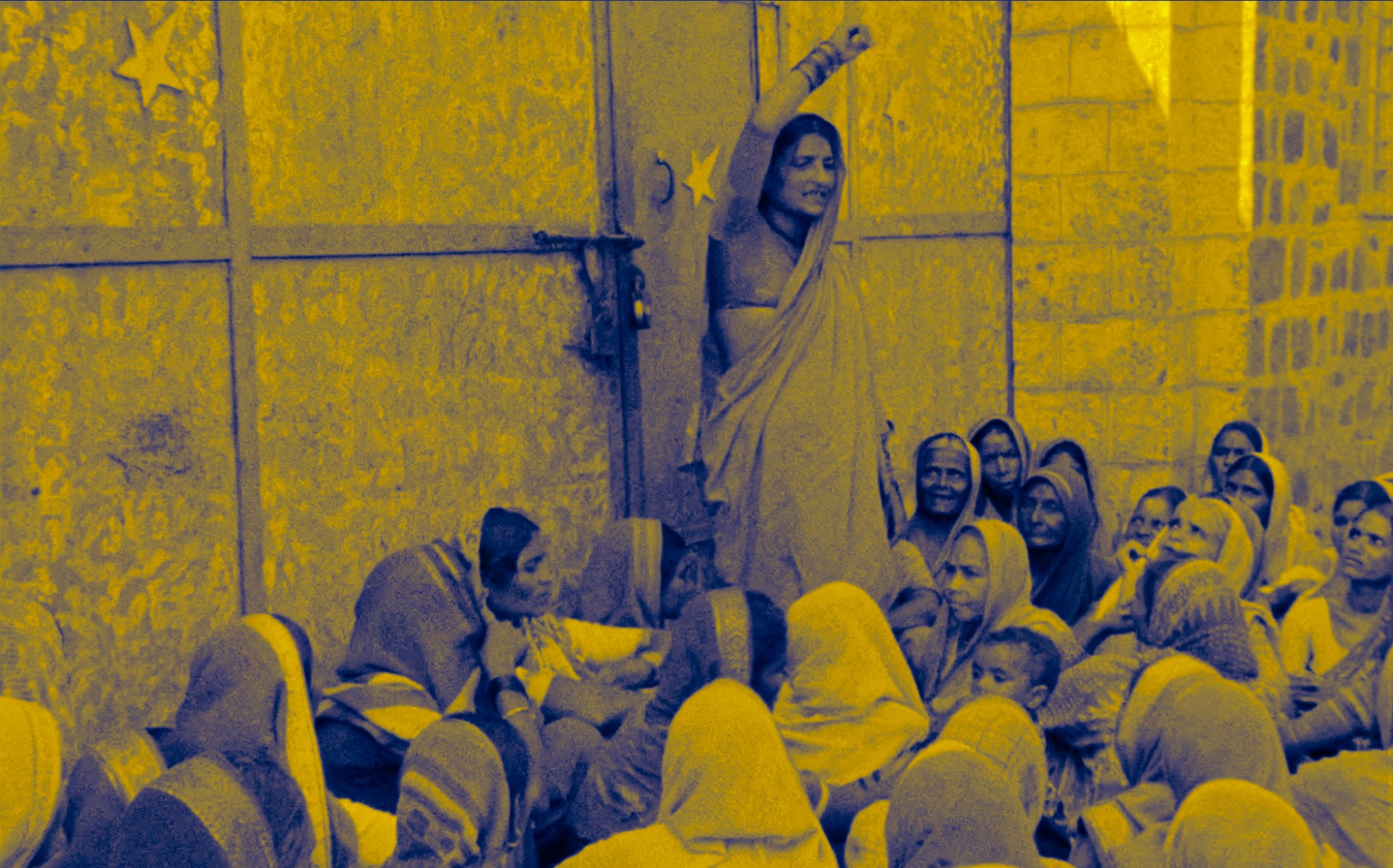THE LAW OF THE PURSUER: AN ESSAY EXHIBITION BY AMOS GITAI
Exhibition 08.02.–12.03.2017
08.02.–20.02.2017 daily 14:00–19:00
23.02.–12.03.2017 Thu–Sun 14:00–19:00
Opening 07.02.2017 19:00
Occassion 12th Forum Expanded, 67th Berlinale
Curation Elena Agudio, Antonia Alampi, Abhishek Nilamber
Thank You Chantal Meloni, Maria Sole Cincis
Fee Suggested donation 3€/5€
In 2016, SAVVY Contemporary initiated a series of solo exhibitions by filmmakers during the weeks of the Berlinale – starting with Welcome to Applied Fiction by Jean Pierre Bekolo. Each year we continue to invite a film director to engage with the possibility of expanding her or his work beyond the flatness of the screen and making transparent the process and the research behind filmmaking. In 2017 we are honoured to welcome Amos Gitai:
The Law of the Pursuer is an essay exhibition by Amos Gitai revolving around the assassination of Israeli Prime Minister Yitzhak Rabin in 1995, and the dreadful impact of Israeli political right-wing movements and religious radicalism that preceded and continues to follow the event.
Newly commissioned by SAVVY Contemporary in collaboration with Forum Expanded, the whole exhibition is conceived as an installation featuring excerpts of films realized by Gitai between 2005 and 2015, research materials and a live performance with actress Einat Weizmann, soprano Keren Motseri and Alexey Kochetkov (violin).
Inspired by the structure and the research that informed his latest film Rabin, the Last Day (2015), Gitai’s installation is a whirlwind of discourse that reflects on how inflammatory and fundamentalist language can sow the seeds of brutality but also how government-funded Israeli settlements in occupied territories exist and continue to be built against international law (from the Hague Convention to the Fourth Geneva Convention) and how they are not stopping to grow in Palestinian populated areas.
A central piece in the exhibition, an excerpt from Rabin, the Last Day, is the re-enactment of a trial that discusses the juridical and contextual aspects that led to Rabin’s assassination: aspects surrounding the illegal Israeli occupation of Palestine and the Israeli violation of Palestinians’ human rights. This topical scene clearly reflects on how the occupation has been achieved via three particular means: seizure of land for military purposes; declaration or registration of land as government property; expropriation of land for public use. To this, an additional aspect addressed by the exhibition is that of private settlers occupying Palestinian land by force and destruction. In another fragment of film we see the abdominal normality of fundamentalist settlers armed with guns and rifles. Increasingly the murder of Rabin becomes clear: his administration in 1992 decided to freeze construction in the settlements. But the installation further complicates the perspective by engaging also with the religious school of thought that legitimized the occupation of land and the murder.
Gitai points at the cruelness and absurdity of a Jewish Talmudic law that permits extrajudicial killings, the Din Rodef (“law of the pursuer”): a rodef (lit. “pursuer”), in traditional Jewish law, is one who is “pursuing” another to murder him or her. According to Jewish law, such a person must be killed after being warned to stop, and refusing to do so. In some of the most acute scenes of his film Rabin, the Last Day several rabbis pronounce an anathema on the prime minister, declaring him an enemy of the Jewish people and invoking the angels of destructions to kill him, and indirectly inciting the young fundamentalist Yigal Amir to murder Rabin under the assumption that making concessions to the Palestinian Authority would endanger Jewish lives.
In other scenes Benjamin Netanyahu, Rabin’s opponent and now Israel’s prime minister, appears in front of angry crowds, encouraging their rage and seeking to turn it to political advantage. Rabin’s image is burned, photomontages of a Rabin-Hitler are waved, and his name is blasphemed as the traitor of Zionism, a Nazi, a cohort of Satan. The crowd chants “Death to Rabin”. Tension is dense and thunderous.
As Gitai insinuates, the consequences of the assassination of the signatory of the Oslo Accords are today still very visible, and the animators of that climate of hate and rage are now fully in power.
Traveling back through history and exploring the unbearable violence with which the nationalist forces fought Rabin’s peace project, letting that reality appearing through a juxtaposition of fragments carved into collective memory, Gitai’s installation will not only represent an inquest able to give us insights of the complex political struggles of this period and their consequence on society today, but also, and particularly, as a questioning of our present situation, of how this relates to the past and speaks to the future.
As a visual artist, Amos Gitai creates site-specific projects related to his films. These visual and sound itineraries are composed of an exceptional density of elements. The spaces, pictures, sounds and images offer the public the possibility to embark on a personal journey and a unique spatial experience. Similar to architecture (Gitai holds a PhD in architecture from Berkley University), these constructs confront various elements such as photographs, collages, sounds and spaces – to generate responses and considerations from the public, and offer possible new interpretations.
Gitai uses film to stimulate profound thoughts on past and present events, dealing also with the transmission of memory and the role of art in relation to these issues. He adopts a singular approach to the theme of memory that immerses viewers in the assessment of a collective experience.
Amos Gitai’s work has been the subject of major retrospectives, notably at the Centre Pompidou (Paris), NFT and ICA (London), Lincoln Center (New York), Berlin’s Kunstwerke, and at the MoMA of New York, among others. His film installations were presented, among other institutions at: the Venice Biennale of Architecture (Israeli Pavillon), the Palais de Tokyo in Paris, the Museo Nazionale del Cinema in Turin, at the Bauhaus Dessau Masters’ House and at the MAXXI in Rome.
SAVVY.doc is specifically re-arranged by Elena Quintarelli with Jasmina Al-Qaisi and Beya Othmani to address the Palestinian perspective over the Israeli settler colonialism. Among others, it will include poetry by Fadwa Tuqan, Tawfiq Zayadd, Mahmoud Darwish and Taha Hussein, essays from a more directly political perspective, the video of a performance by renowned poet and activist Rafeef Ziadah, and academic articles.
The archive will also feature the visual-audio documentation of the lecture Palestine as a Race Question by Nahed Samour, part of a conference organized by the Critical Race Theory: CRT is a predominately legal discipline that deploys race as it's focal point for analyses of various forms of oppressions and discrimination. Critical Race Theory Europe is a transnational collective of academics, thinkers, writers, and activists dedicated to reflect race in a critical way in the European context. Theoretically and methodologically CRT Europe focuses on international, transnational and national questions about race, racial justice and politics. Contrary to other research fields CRT Europe has the innovative power to think race and law together (crt-europe.org/about).
Support Amos Gitai: The Law of the Pursuer is presented within the programme of 12th Forum Expanded 67th Berlinale
Media Partner Institut Francais
